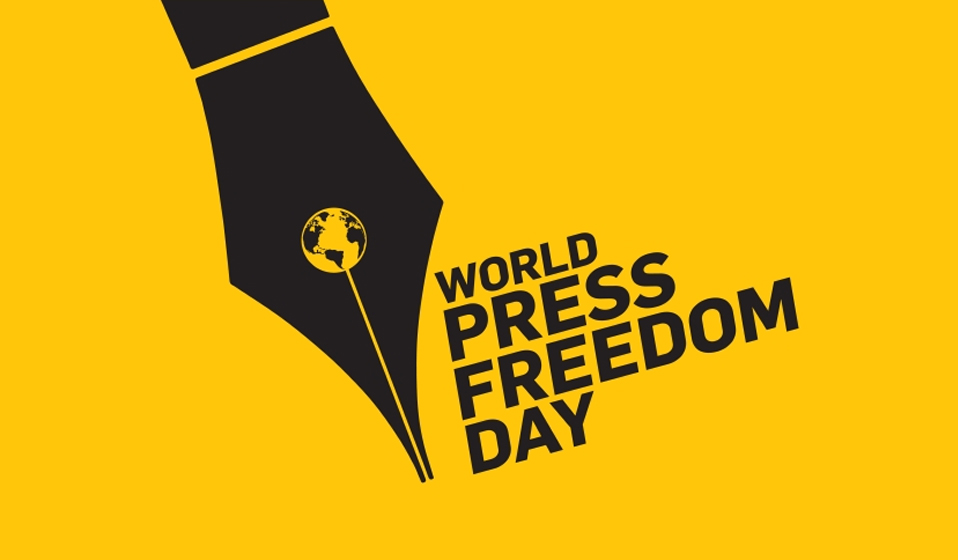KAMPALA, Uganda — The Bank of Uganda (BoU) has maintained the Central Bank Rate (CBR) at 9.75% for the fifth consecutive time this year, in a decision that underscores its cautious stance toward price stability and economic resilience.
Announcing the decision on Monday, the BoU’s Monetary Policy Committee said the rate would remain unchanged amid stable inflation at 3.45%—well below the bank’s medium-term target of 5%—and a projected 6.2% growth in Gross Domestic Product (GDP). The committee cited persistent global uncertainties, including geopolitical tensions and their ripple effects on trade and commodity prices, as reasons for maintaining a steady policy direction.






